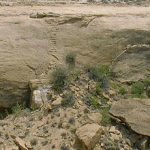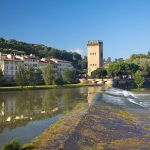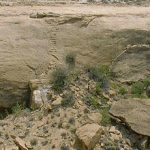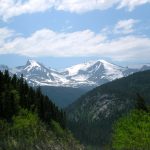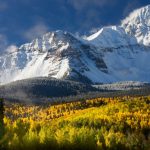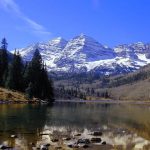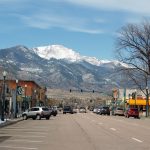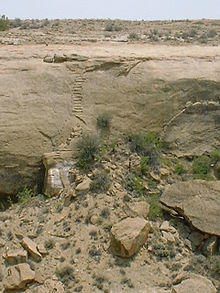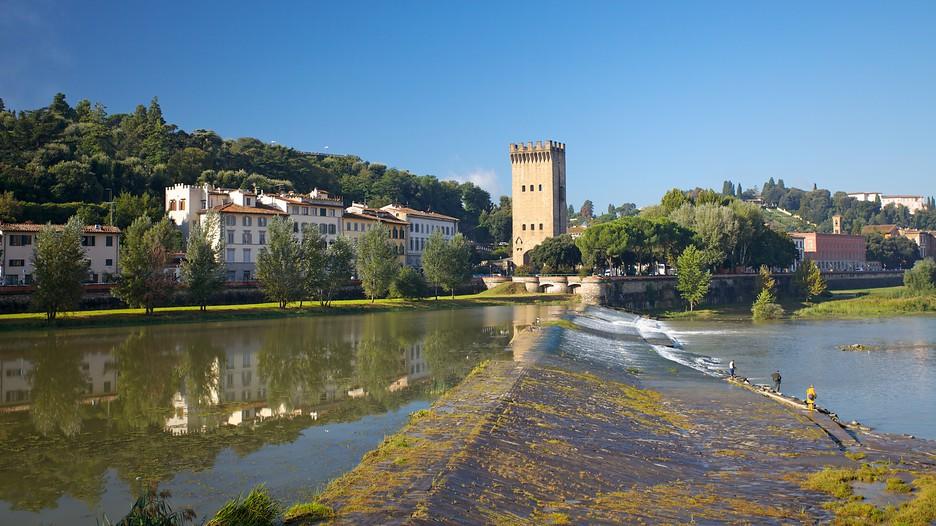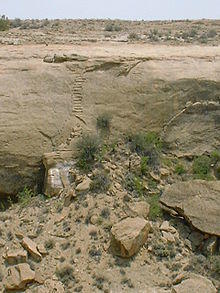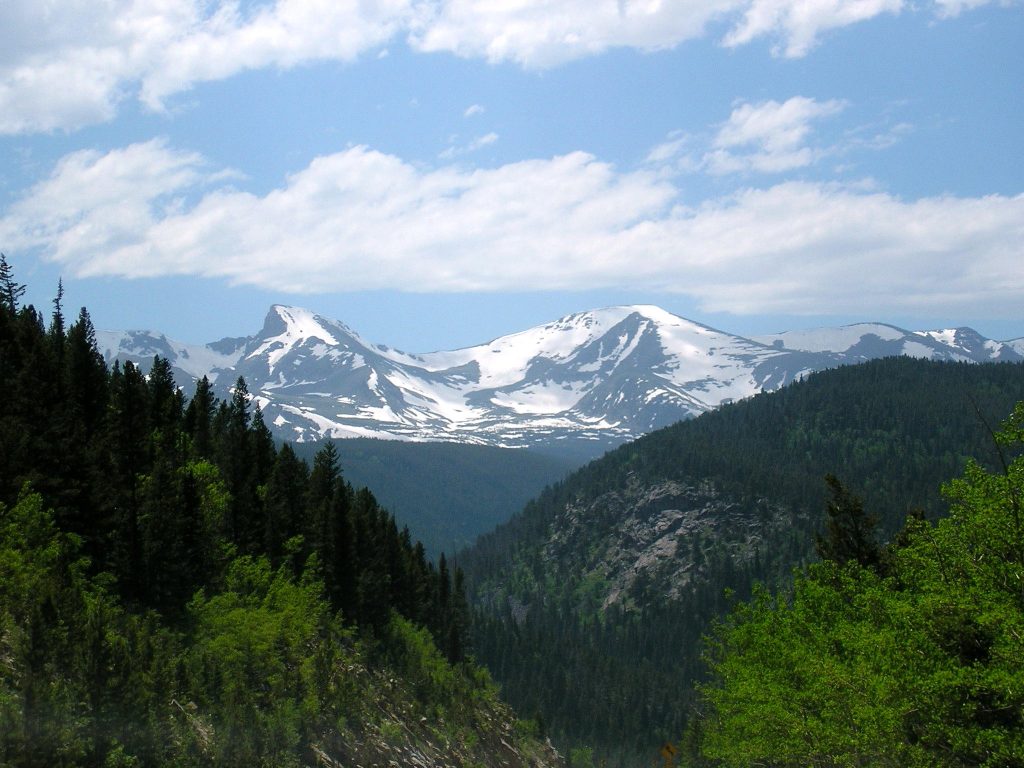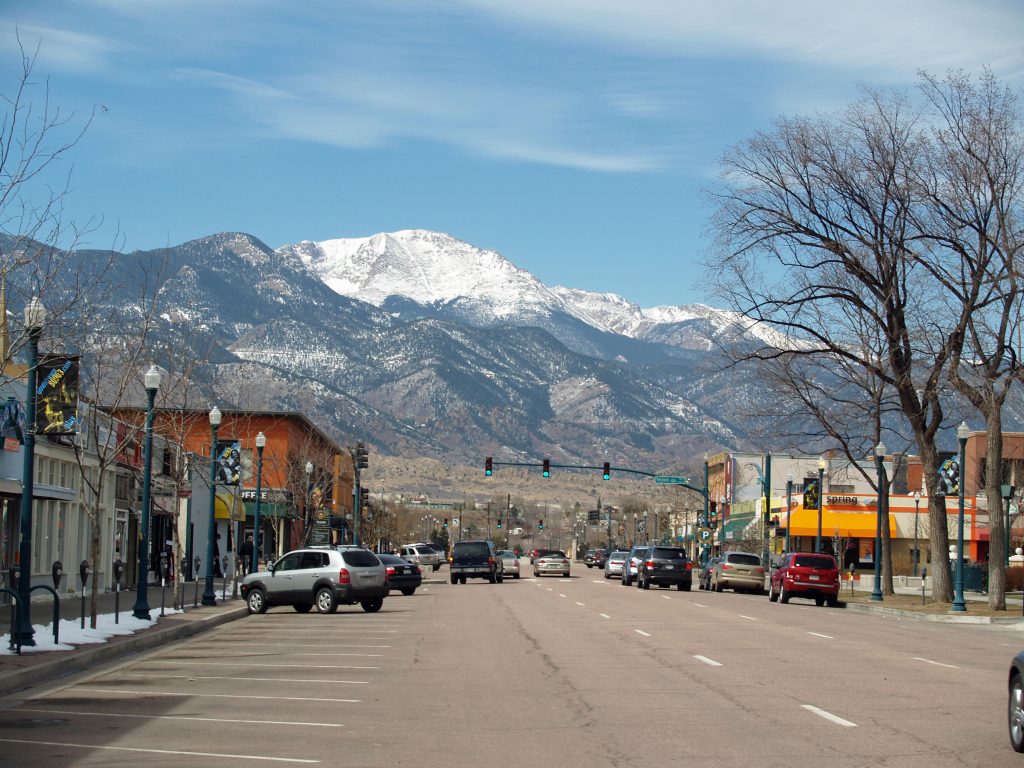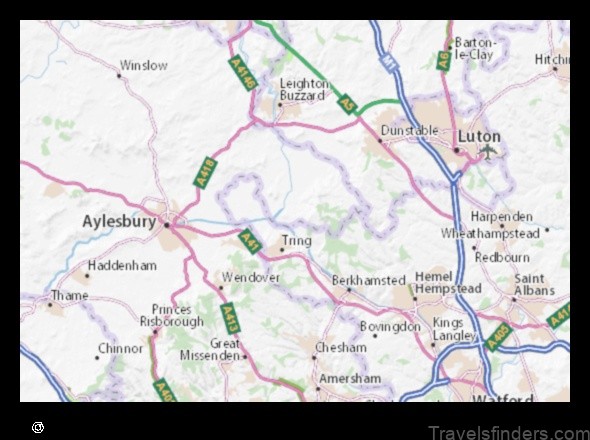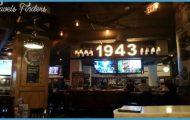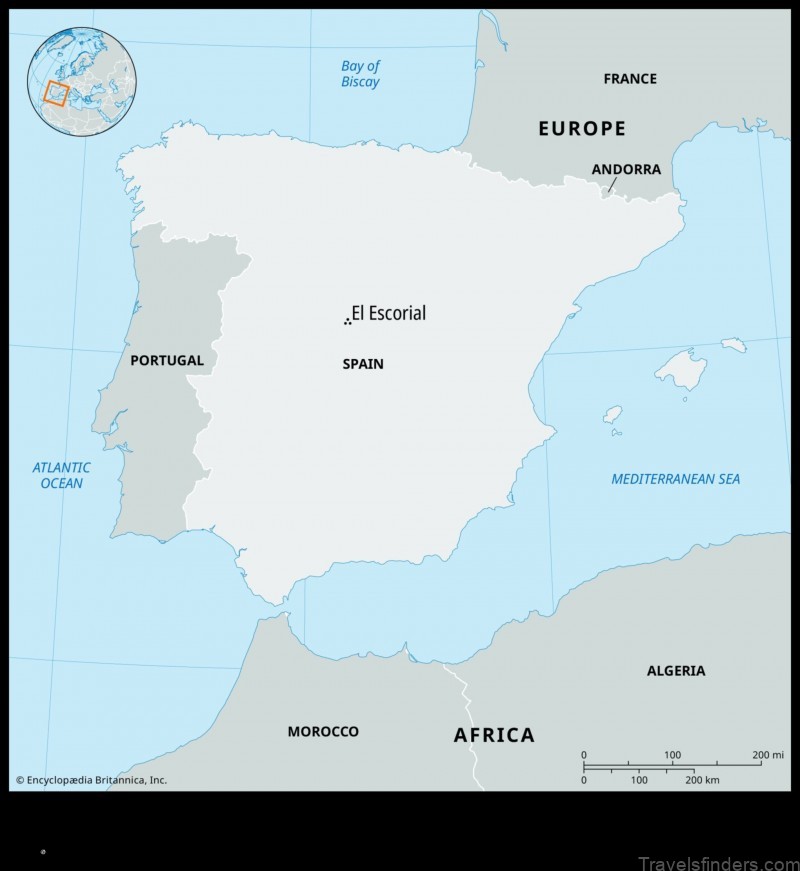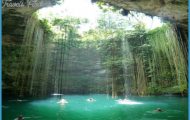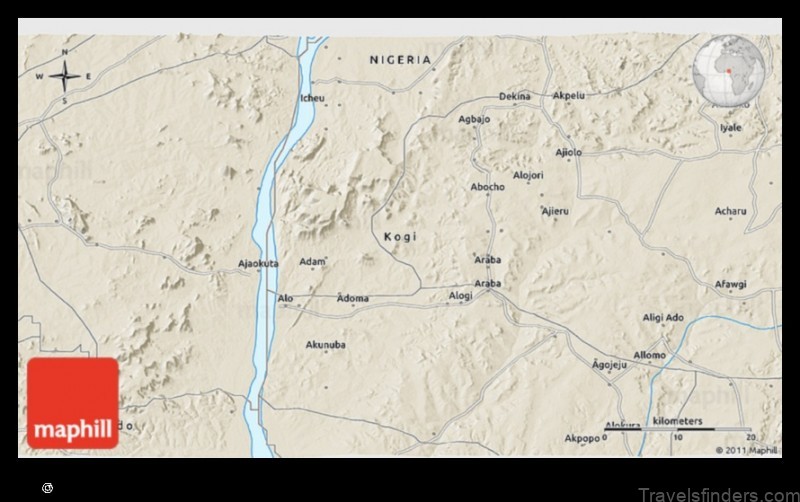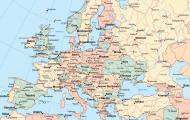Whether one is driving along Denver’s Federal Boulevard in September, enjoying the smell of roasting chiles verdes, or watching the Aztec dancers perform at Denver’s annual Cinco de Mayo celebration, one cannot help but relish the rich cultural contributions of Latinos in the religious, leisure, and architectural realms, as well as on the nomenclature of the state.
Latinos have left an indelible mark on Colorado religious practice. Urban Catholic parishesamong them St. Cajetan’s and Our Lady of Guadalupehave served Denver’s Latino neighborhoods and provide a forum in which residents celebrate their cultural uniqueness and, at times, organize themselves around political issues, such as civil rights or immigrant advocacy. Traditional religious institutionssuch as Los Her-manos Penitentes, a lay brotherhood with roots in rural Southern Colorado in the mid-nineteenth centurystill exist. Meanwhile, religious rituals such as Las Posadasthe Christmas Eve reenactment of Joseph and Mary’s search for shelter continue to thrive in both rural Latino communities and urban Latino parishes.
The Latino influence on Colorado’s cultural celebrations is vast. Denver’s annual Cinco de Mayo celebration is one of the largest in the nation, as the city sponsors a three-day fiesta in its Civic Center Parkcomplete with Mexican music, dances, food, and an outdoor Catholic mass. Although not as large, events surrounding 16 de Septiembre commemorate, in particular, the lives of Latino activists who have struggled for justice and equality.
In the arts, Latinos have certainly made their mark on Colorado. In 1971, Su Teatro was founded. Today it is known as El Centro Su Teatrothe third-oldest
Chicano Theater troupe in the United States. The group is currently raising money to build a $3.5 million arts complex along Denver’s Santa Fe Drive, which in recent years has become a haven for art galleries and theater, including the renowned Museo de las Americas.
Colorado is well known for its active lifestyle, and Latinos have contributed to this lifestyle through their contributions to various sports. A long tradition of boxingboth in rural and urban Latino communitiesexists, and Latino boxers trained in local programs have achieved national prominence. An equally rich tradition of wrestling at the high school level exists, and Latino wrestlers have consistently been at the top of the sport.
More recently, the meteoric rise in the popularity of soccer in Colorado has mirrored the growth of its Latino population. Some of the best-attended sporting events are those in which Mexican soccer teams play against the Major League Soccer franchise, the Colorado Rapids. Perhaps most telling of all, the world-famous National Western Stock Show in Denver is highlighted by the Mexican Rodeo Extravaganzas that celebrate the significant reliance on Latino vaqueros to Colorado’s cattle culture and industry.
To be sure, the name of the state of Colorado, and vivid place names such as La Junta, Las Animas, Buena Vista, Del Norte, Alamosa, and Sangre de Cristo, speaks to the ubiquitous influence of Latino life in the mile high state.
1. A vara is an archaic unit of Spanish land measurement. One vara strip was about 33.3 inches wide and up to several miles long.
2. Deutsch, 1987, 26-33.
3. U.S. Department of Commerce, Bureau of the Census, Current Population Reports, Characteristics of Families Residing in ‘Poverty Areas, March 1966.
4. http://studentorgs.utexas.edu/mecha/archive/plan.html.
5. Borderick and Ann Carnahan, Mayor Built on Dreams of Great City: Even Detractors Agree He’ll Be Remembered for Big Projects, Topped by 2.4 Billion Airport, Rocky Mountain News, June 23, 1991.
Colorado bibliography
De Baca, Vincent C. La Gente: Hispano History and Life in Colorado. Denver: Colorado Historical Society, 1998.
Deutsch, Sarah. No Separate Refuge: Culture, Class, and Gender on an Anglo-Hispanic Frontier in the American Southwest, 1880-1940. New York: Oxford University Press, 1987.
Gonzales, Nicki M. ‘Sin Tierra, No Hay Libertad’: The Land Rights Council and the Battle for La Sierra, San Luis, Colorado, 1863-2002. PhD diss. University of Colorado at Boulder, 2007.
Johnston, Dick. The Taylor Ranch War: Property Rights Die. Bloomington, IN: Author-house, 2006.
Latin American Research and Service Agency (LARASA). http://www.larasa.org/about/ History/LARASA-History/history.htm.
Lee, Chungmei. Denver Public Schools: Resegregation, Latino Style. Harvard University, Civil Rights Project, 2006. http://www.civilrightsproject.harvard.edu/research/deseg/ denver_reseg.php.
Lopez-Tushar, Olibama. The People of El Valle: A History of the Spanish Colonials in the San Luis Valley. Pueblo, CO: El Escritorio, 1997.
Colorado Guide cultural contributions Photo Gallery

